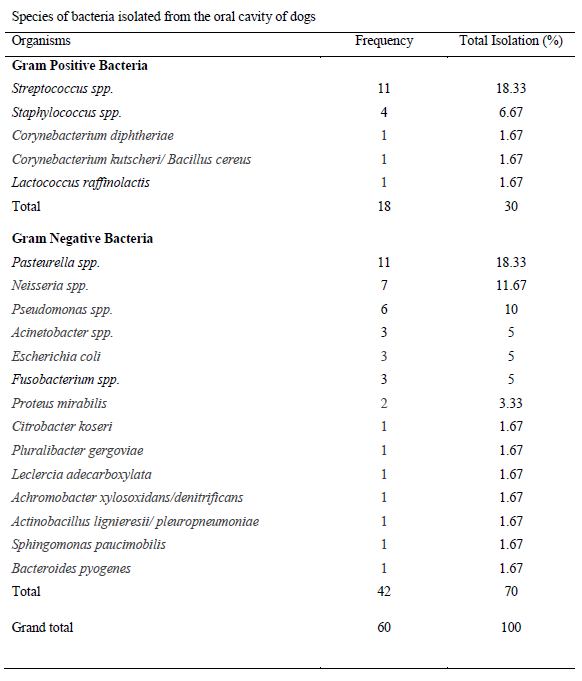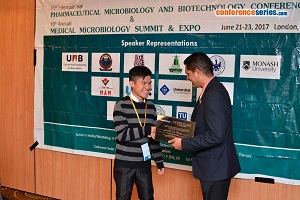
Ka Tik Cheung
Tung Wah College , Hong Kong
Title: Evaluation of domestic dogs and cats oral flora in relationship of oral hygiene and detection of multi resistant bacterial strains
Biography
Biography: Ka Tik Cheung
Abstract
Recently, human-animal interaction has occurred more frequently, animal bite injuries have become a serious and high-risk problems as the result. Oral flora can be transferred by close oral contact and through bites. While most of the bites do not require medical progress, only some bites would become an infection. The resultant infection is typically a poly-microbial infection; consist of common environmental flora and the oral flora in animals. As oral hygiene is an important method to reduce the number of bacteria of human oral cavities, but there are only a few articles demonstrated in domestic dogs and cats. To evaluate the effectiveness of oral hygiene in domestic dogs and cats, this study compared the complexity of isolates from the oral cavities and the frequencies of performing oral hygiene. The age of domestic dogs and cats was compared to the number of isolates from the flora as well. Besides, the oral flora was identified and the frequency of occurrence was evaluated, in order to attempt the bacteriology of domestic dogs and cat’s oral cavity and the causative agent of human infection. In this study, gram stain, a series of biochemical tests and Matrix-assisted Laser Desorption Ionization-Time of Flight Mass Spectrometry (MALDI-TOF-MS) were used in identification. Pasteurella species and Streptococcus species were isolated in high frequency. Neisseria species, Pseudomonas species, Enterobacteriaceae family, Corynebacterium diphtheriae, Achromobacter xylosoxidans/denitrificans and Sphingomonas paucimobilis were also identified in the samples as well. Moreover, detection of multiple antibiotic resistant bacteria was also carried out in this study as well. It was used to provide more evidence-based information on antibiotic therapy in dog bite wounds and related infections. In which, multi-resistant organisms and extended-spectrum beta-lactamase (ESBL) positive Enterobacteriaceae were found in the oral cavity of sample dogs. Antibiotic susceptibility patterns for some bacteria were evaluated in this study.





